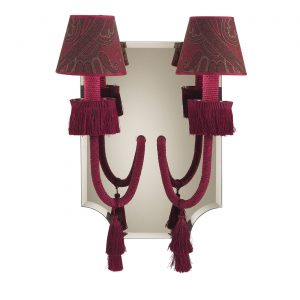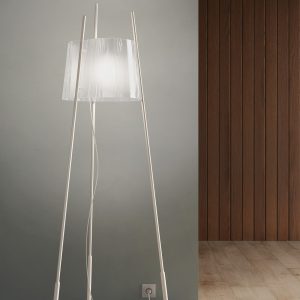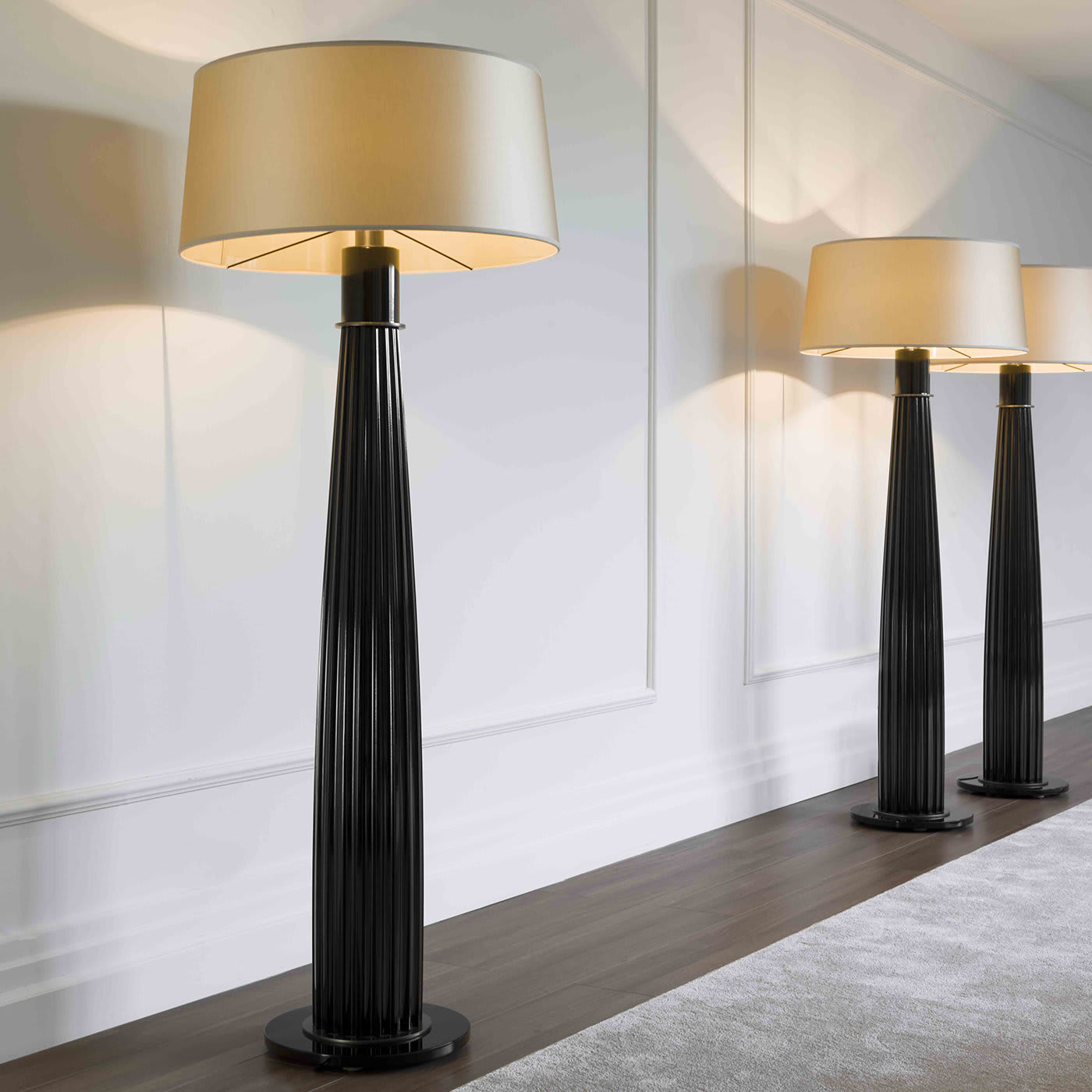When it comes to lighting your home, choosing between wall lamps and floor lamps can be a decision that significantly affects the functionality and aesthetic of your space. Both options have unique benefits and drawbacks, and understanding these can help you create the perfect ambiance for your home. Here’s a detailed guide to help you decide which type of lamp is best for your needs.
Understanding the Basics
Wall Lamps:

Wall lamps, also known as wall sconces, are mounted directly on the wall. They can serve various purposes, including ambient lighting, task lighting, or decorative illumination.
Advantages:
- Space-Saving: Ideal for rooms with limited floor space, wall lamps don’t take up any valuable surface area.
- Versatile Placement: Can be installed at various heights and positions, making them great for highlighting artwork, providing bedside lighting, or enhancing hallway visibility.
- Design Variety: Available in numerous styles, finishes, and sizes, wall lamps can complement your décor or serve as a design statement.
Disadvantages:
- Installation Required: Wall lamps need to be mounted, which may require measuring, drilling, and sometimes professional help.
- Less Mobility: Once installed, they are generally not movable, limiting flexibility in changing your layout.
Floor Lamps:

Floor lamps are freestanding and can easily be moved throughout your space, providing both light and decoration.
Advantages:
- Flexibility: Can be relocated as needed, allowing you to change the lighting layout easily according to occasions or seasons.
- Instant Impact: With taller heights, floor lamps can create a bold visual statement and improve the overall room design.
- Variety of Uses: Many floor lamps provide versatile lighting solutions, from reading lights to ambient lighting in larger spaces.
Disadvantages:
- Space Consumption: Floor lamps can occupy precious floor space, which might not be ideal for smaller rooms.
- Less Direct Control: Depending on the design, some floor lamps might not provide focused lighting for tasks, particularly if they have a broad shade.
Assessing Your Space
To decide between wall lamps and floor lamps, consider the following factors:
Room Size:
- Small Rooms: Wall lamps are excellent for maximizing functionality without cluttering the floor, making them ideal for tight spaces like bathrooms or small bedrooms.
- Large Rooms: Floor lamps can fill empty corners, add height to the room, and provide ample lighting without overwhelming the design.
Functionality:
- Reading Nooks: If you have a specific area for reading, a floor lamp with an adjustable head may be more beneficial for targeted light.
- Accent Lighting: Wall lamps can be used to highlight artwork, photographs, or architectural features effectively.
Design Style:
- Contemporary Spaces: Sleek wall lamps might complement a modern aesthetic better, while eclectic rooms may benefit from oversized floor lamps that serve as artistic pieces.
- Traditional Homes: Wall sconces with vintage designs can enhance a classic look, while ornate floor lamps can serve as elegant focal points.
Lighting Needs
The kind of light you require influences your choice:
- Ambient Lighting: If the goal is to create a warm atmosphere, consider wall lamps that provide diffused light or multiple floor lamps to create an even glow throughout the room.
- Task Lighting: For specific tasks like reading, look in the online shop for adjustable floor lamps that can be moved close to seating areas, or opt for wall lamps installed by a chair or bed for easy access.
Style Cohesion

Regardless of your choice, maintaining a cohesive style is essential:
- Color and Finish: Ensure that the color and finish of the lamps complement the existing décor. For example, choose matte black fixtures for a modern look or brass finishes for a vintage feel.
- Shade Matching: Consider how the lampshades (if applicable) coordinate with other furnishings, including fabric textures, wall colors, and other light fixtures.
Practical Considerations
- Wiring and Power Source: Wall lamps often require electrical installation, while floor lamps simply need an outlet. If you’re not keen on complex installations, floor lamps might be the way to go.
- Safety: Ensure that floor lamps are stable and appropriately weighted, especially in homes with children or pets.
Conclusion
Ultimately, the choice between wall lamps and floor lamps depends on your space, design preferences, and lighting needs. Both types have distinct advantages that can enhance your home in different ways. By considering the factors discussed, you can select the lighting that best suits your lifestyle and personal style, ensuring your home feels inviting and well-lit. Happy decorating!

 Chandeliers
Chandeliers